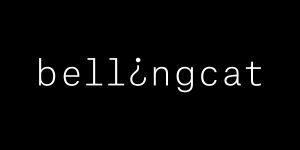Home

This module covers common vulnerabilities and misconfigurations regarding authentication that could be leveraged to gain unauthorized access to a web application.
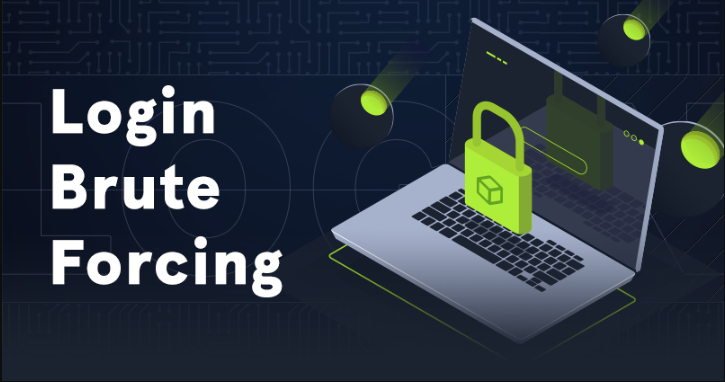
This module contains an exploration of brute-forcing techniques, including the use of tools like Hydra and Medusa, and the importance of strong password practices. It covers various attack scenarios, such as targeting SSH, FTP, and web login forms.
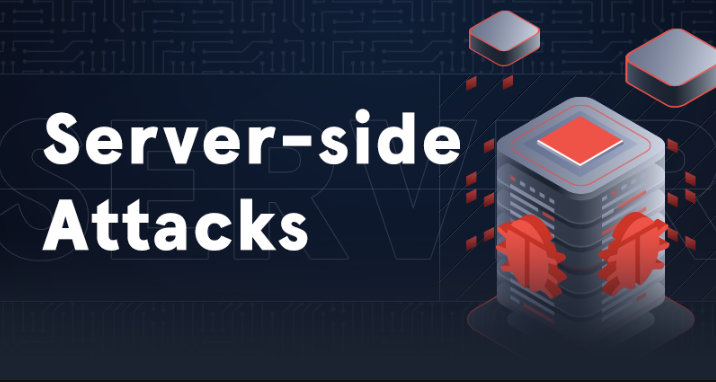
In this module I learn how to identify and exploit server-side bugs, including Server-Side Request Forgery (SSRF), Server-Side Template Injection (SSTI), and Server-Side Includes (SSI) injection attacks.
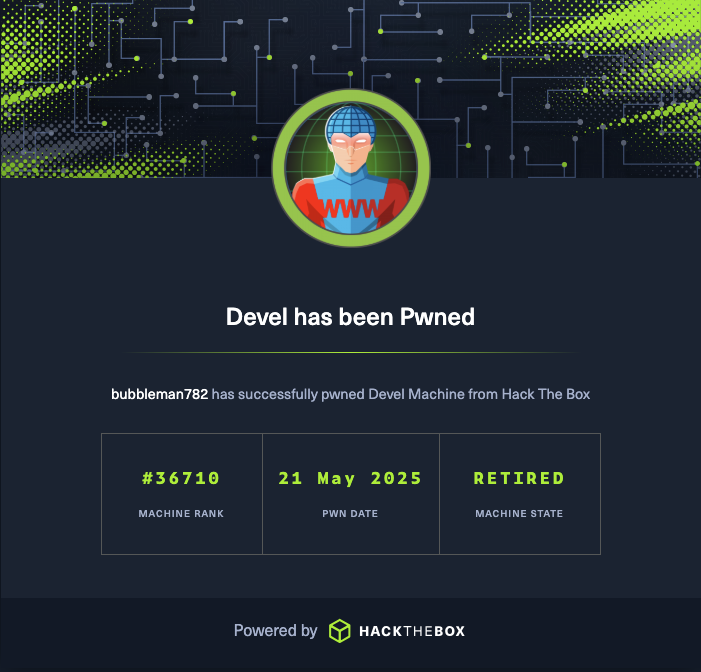
Devel, while relatively simple, demonstrates the security risks associated with some default program configurations. It is a beginner-level machine which can be completed using publicly available exploits.
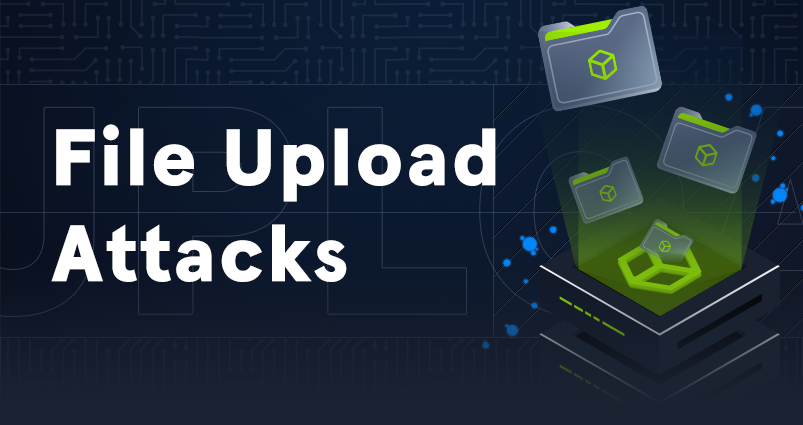
Throughout this module, I learn the basics of identifying and exploiting file upload vulnerabilities and identifying and mitigating basic security restrictions in place to reach arbitrary file uploads.

Throughout this module, I learned different techniques for identifying and exploiting command injection vulnerabilities in web applications and applying various techniques to bypass filters and security mitigations.
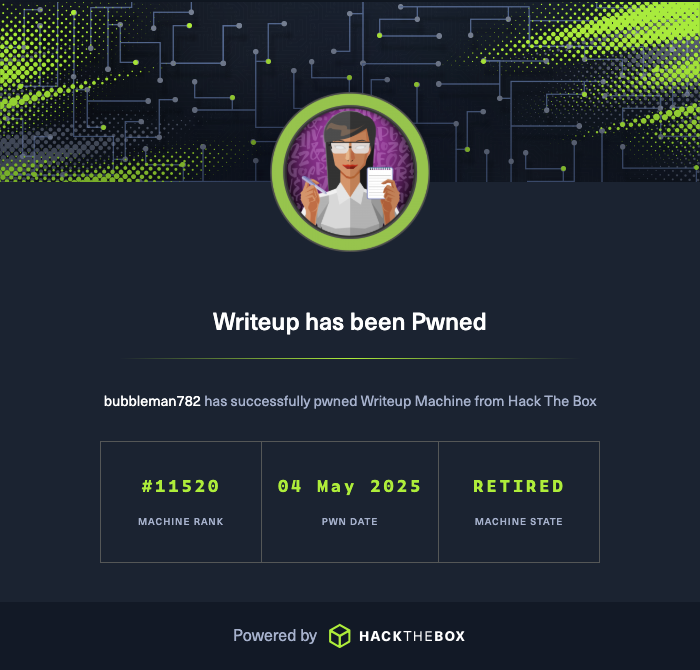
Writeup is an easy difficulty Linux box with DoS protection in place to prevent brute forcing. A CMS susceptible to a SQL injection vulnerability is found, which is leveraged to gain user credentials. The user is found to be in a non-default group, which has write access to part of the PATH. A path hijacking results in escalation of privileges to root.
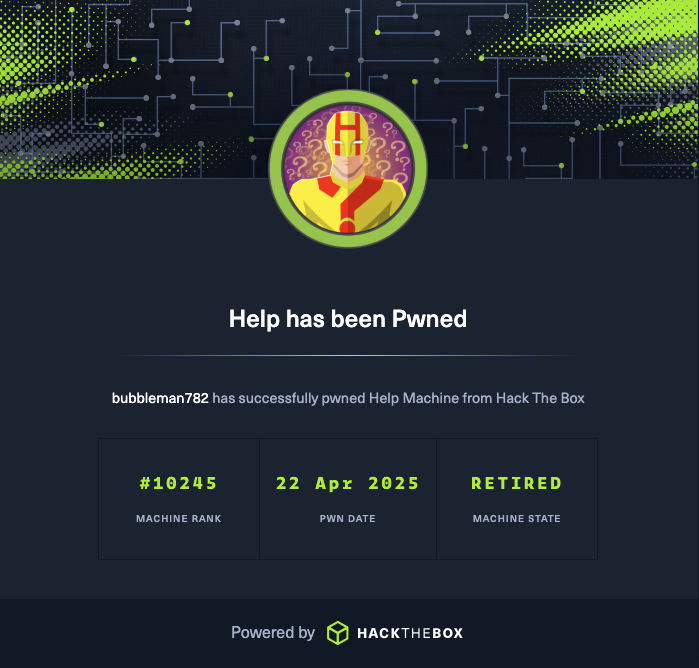
Help is an Easy Linux box which has a GraphQL endpoint which can be enumerated get a set of credentials for a HelpDesk software. The software is vulnerable to blind SQL injection which can be exploited to get a password for SSH Login. Alternatively an unauthenticated arbitrary file upload can be exploited to get RCE. Then the kernel is found to be vulnerable and can be exploited to get a root shell.
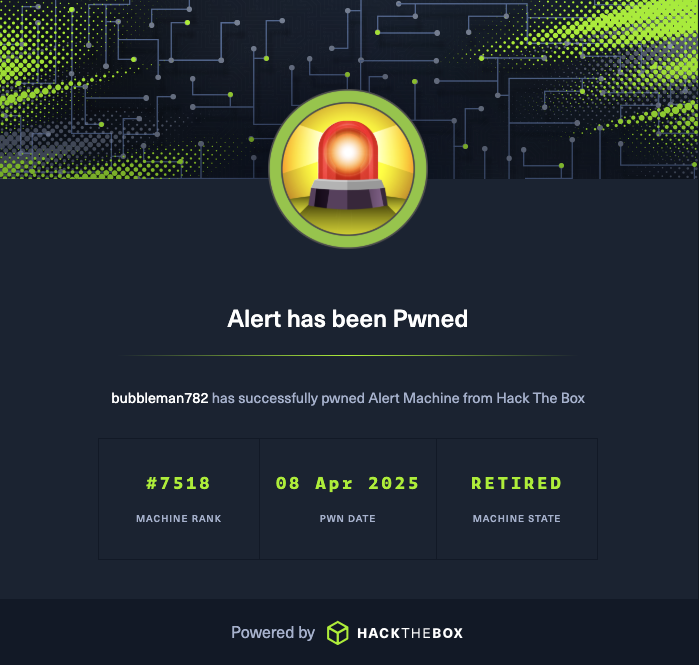
Alert is an easy-difficulty Linux machine with a website to upload, view, and share markdown files. The site is vulnerable to cross-site scripting (XSS), which is exploited to access an internal page vulnerable to Arbitrary File Read and leveraged to gain access to a password hash. The hash is then cracked to reveal the credentials leveraged to gain `SSH` access to the target. Enumeration of processes running on the system shows a `PHP` file that is being executed regularly, which has excessive privileges for the management group our user is a member of and allows us to overwrite the file for code execution as root.
